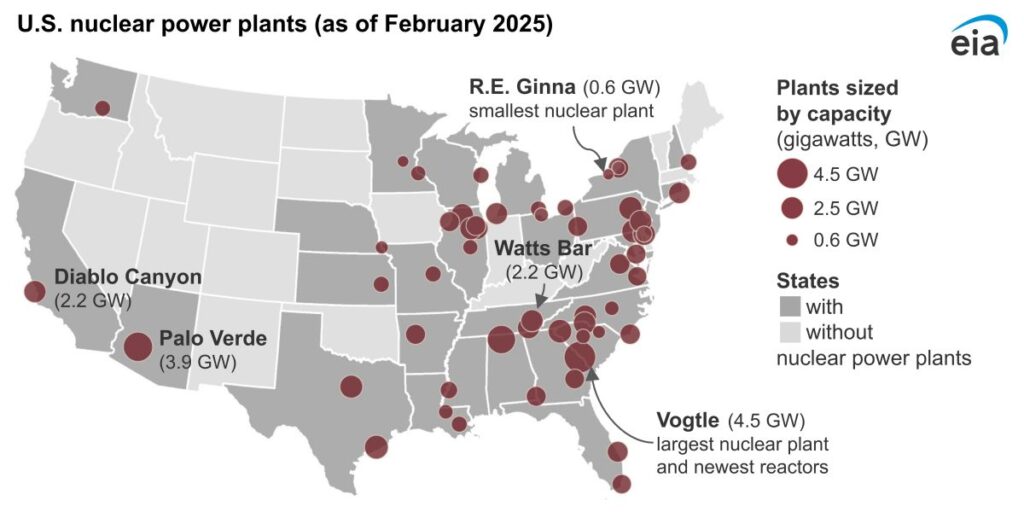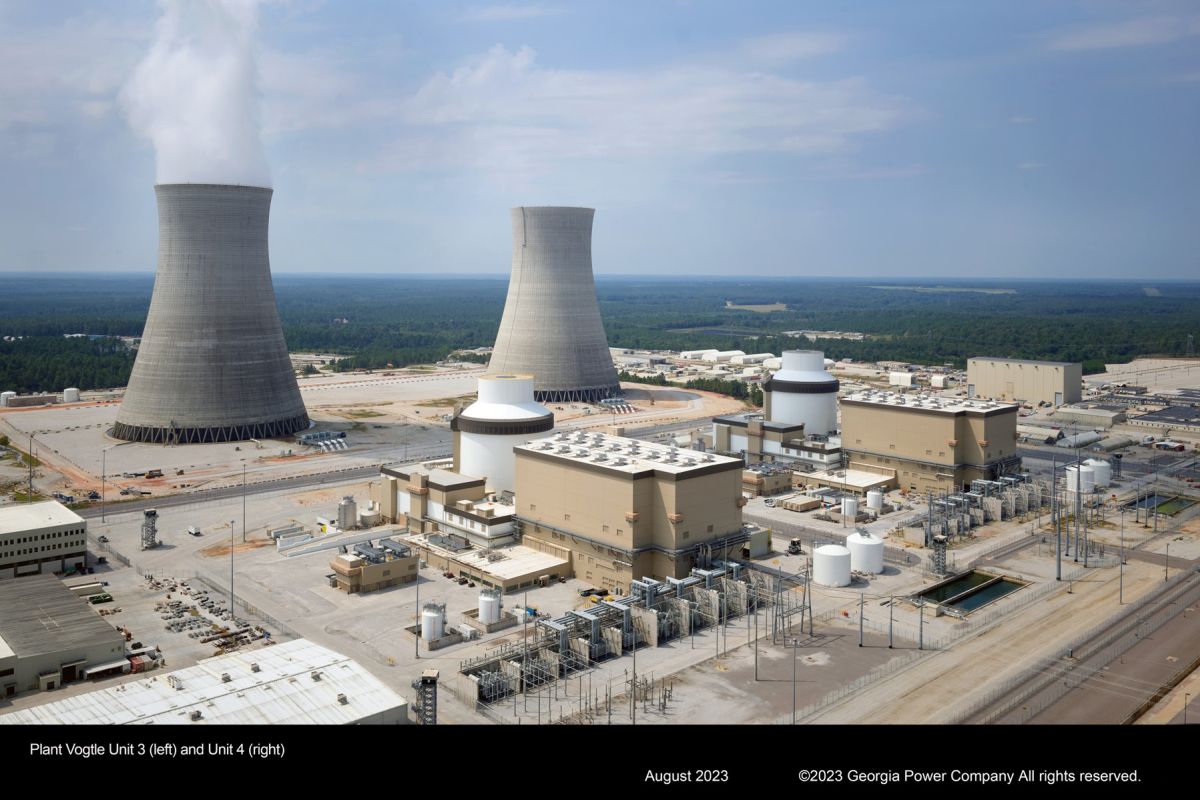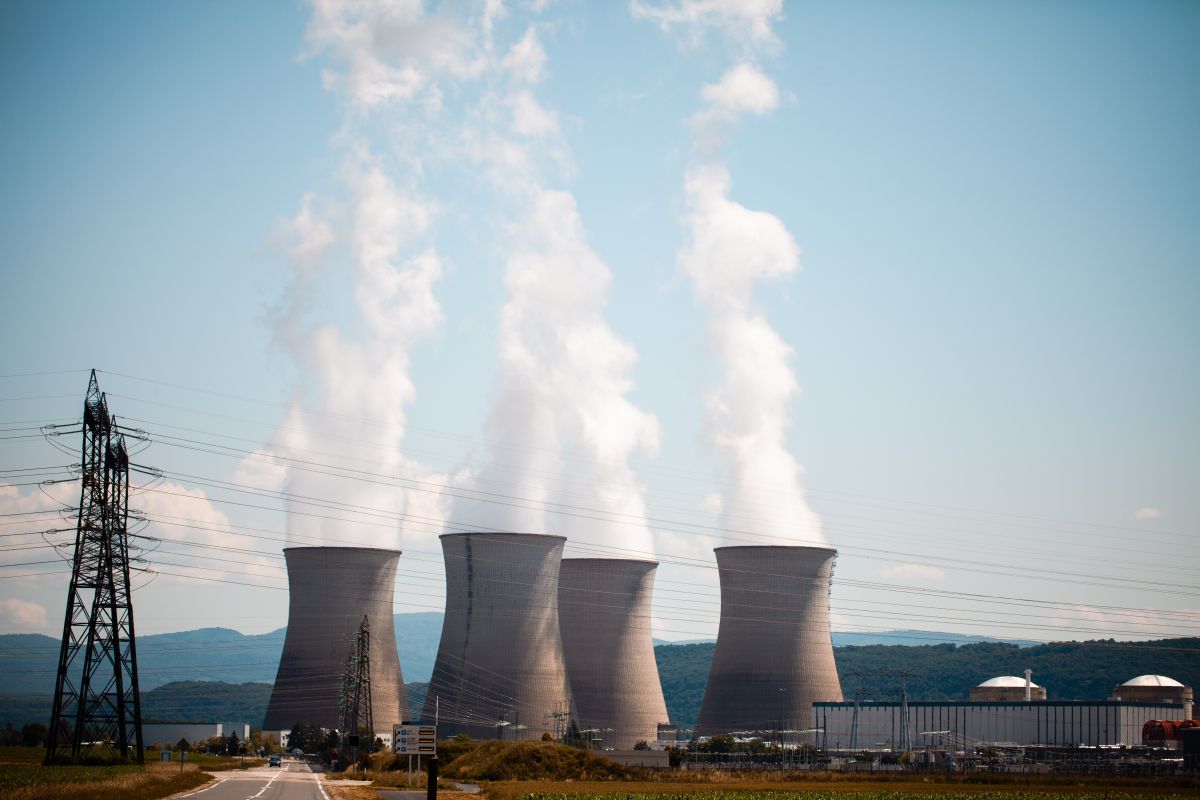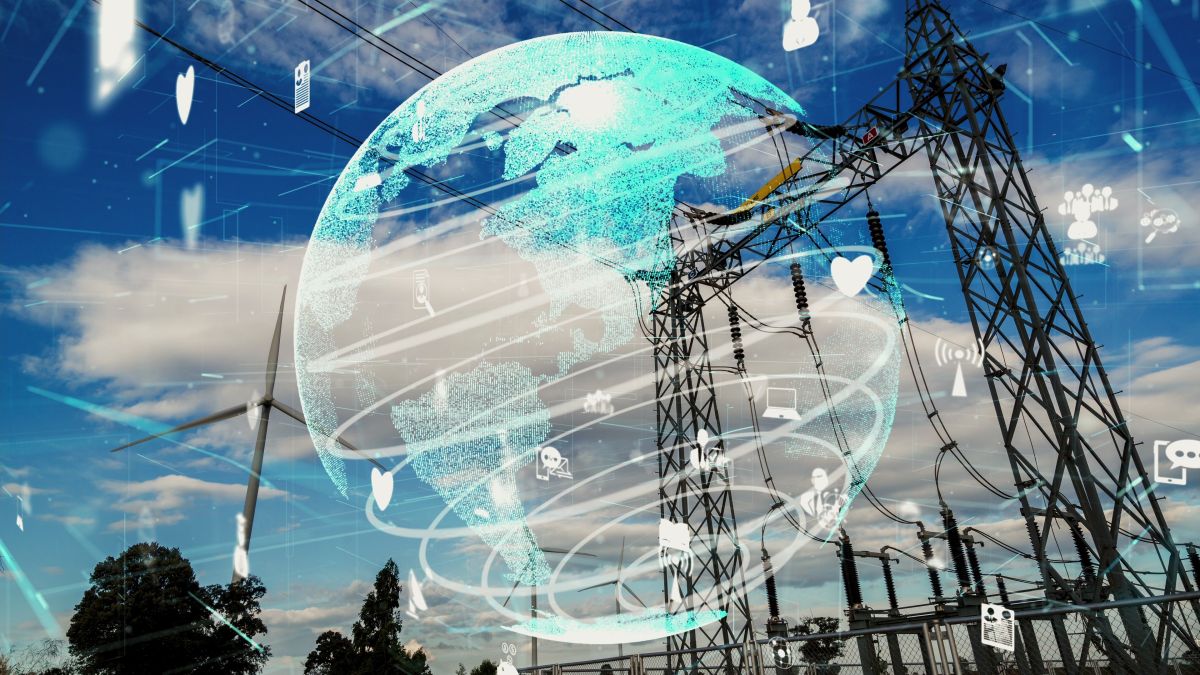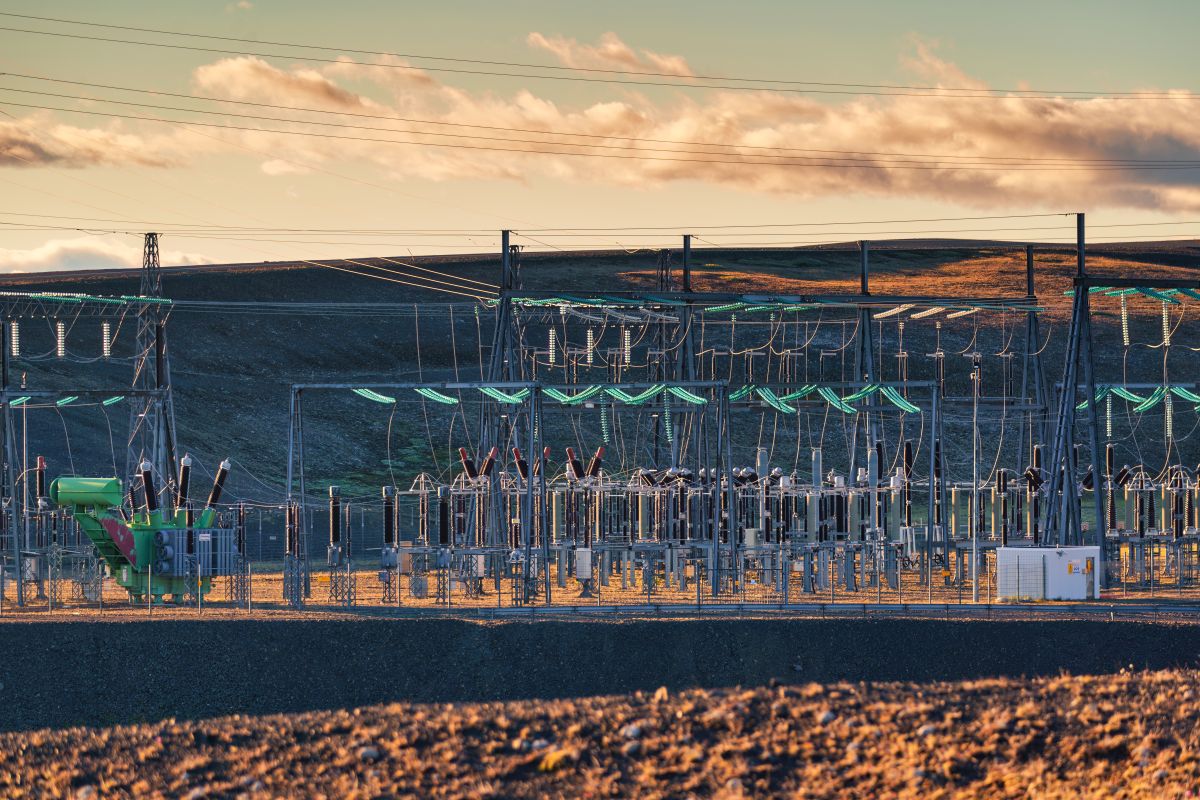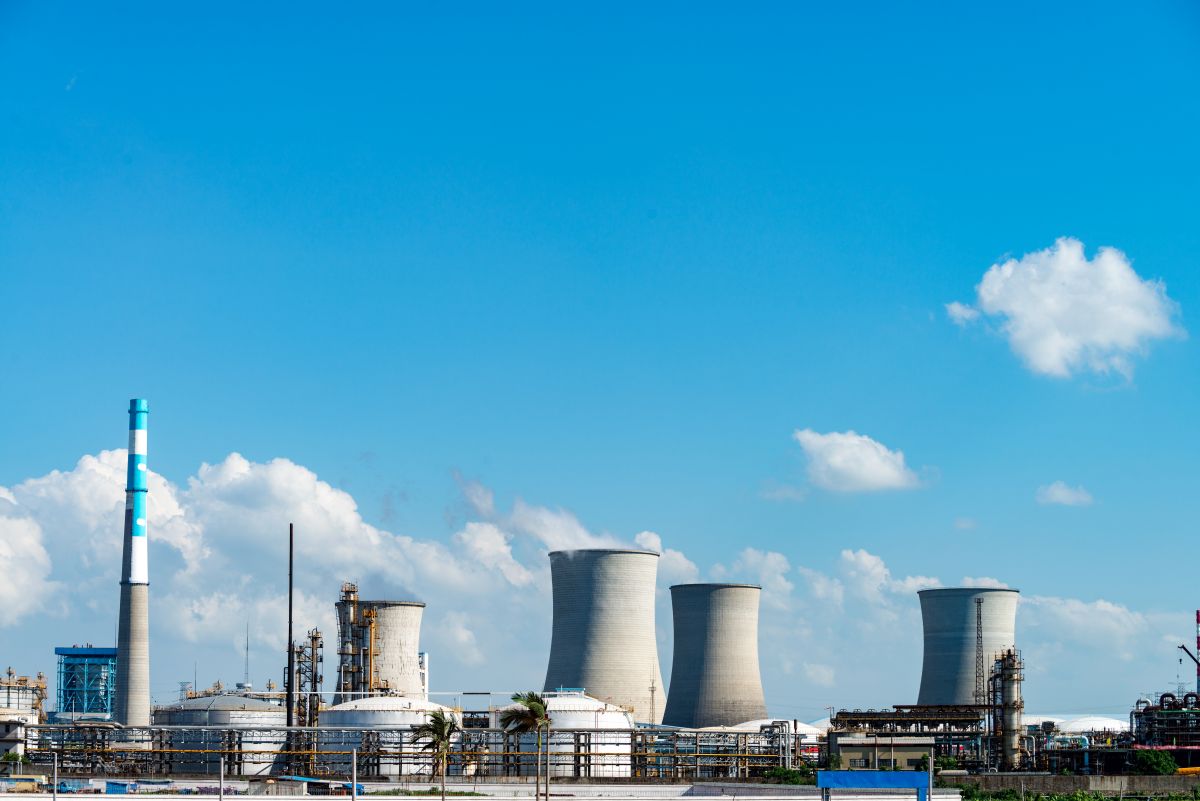As of 2025, the position of the largest nuclear power plant in the United States belongs to the Vogtle Electric Generating Plant in Georgia. There are 54 nuclear power plant facilities in the U.S., with 94 commercial reactors, making the country’s net generating capacity about 97 gigawatts, resulting in nearly 19% of electricity generation for the nation. Some plants are larger and more productive than others, but a few have been recognized for leading American nuclear energy. Let’s take a closer look at the 20 largest U.S. nuclear plants ranked by net capacity.
Top 20 Largest U.S. Nuclear Power Plants in 2025
Rank | Power Plant Name | State | Units | Generator ID | Net Capacity (MW) |
1 | Vogtle | Georgia | 4 | 649 | 4,658 |
2 | Palo Verde | Arizona | 3 | 6,008 | 3,937 |
3 | Browns Ferry | Alabama | 3 | 46 | 3,662 |
4 | South Texas Project | Texas | 2 | 6,251 | 2,645 |
5 | Oconee | South Carolina | 3 | 3,265 | 2,500 |
6 | Peach Bottom | Pennsylvania | 2 | 3,166 | 2,549 |
7 | Susquehanna | Pennsylvania | 2 | 6,103 | 2,494 |
8 | Comanche Peak | Texas | 2 | 6,145 | 2,400 |
9 | Braidwood | Illinois | 2 | 6,022 | 2,337 |
10 | McGuire | North Carolina | 2 | 6,038 | 2,316 |
11 | Byron | Illinois | 2 | 6,023 | 2,300 |
12 | Salem | New Jersey | 2 | 2,410 | 2,285 |
13 | Sequoyah | Tennessee | 2 | 6,152 | 2,278 |
14 | LaSalle | Illinois | 2 | 6,026 | 2,264 |
15 | Watts Bar | Tennessee | 2 | 7,722 | 2,245 |
16 | Limerick | Pennsylvania | 2 | 6,105 | 2,242 |
17 | Diablo Canyon | California | 2 | 6,099 | 2,240 |
18 | North Anna | Virginia | 2 | 6,168 | 1,892 |
19 | Grand Gulf | Mississippi | 1 | 6,072 | 1,401 |
20 | Callaway | Missouri | 1 | 6,153 | 1,190 |
The Largest Nuclear Power Plant: Vogtle Electric Generating Plant, Georgia
In the U.S., the Vogtle power plant in Georgia’s southeast has the biggest net capacity With the start of units 3 and 4 at the Vogtle plant in 2023 and 2024, the plant rapidly increased capacity by 1.1 GW. The opening of the new units at Vogtle was important since this had not happened for reactors in the United States since the 1990s.
Other Major Players in the U.S. Nuclear Fleet
Following Vogtle, several other plants rank among the largest by capacity:
- Palo Verde Generating Station (Arizona): Once the largest nuclear facility, the plant now provides energy for more than 4 million homes and businesses in the Southwest each year, generating more than 32 million megawatt-hours Since it’s the only U.S. nuclear plant in a desert, its cooling system uses purified wastewater.
- Browns Ferry Nuclear Plant (Alabama): Much of the Southeast’s electrical power comes from Browns Ferry, which has three reactors and can generate over 8 GW.
- South Texas Project (Texas): The two reactors at this plant produce around 64 GW of energy for a region that is growing quickly.
- Oconee Nuclear Station (South Carolina): There are three reactors here; the station is designed to supply about 5 GW of electricity.
Peach Bottom (Pennsylvania), Diablo Canyon (California), Watts Bar (Tennessee), and Susquehanna (Pennsylvania) are some other notable plants that can produce between 2 and 2.7 GW.
Distribution and Operators
Some nuclear plants in the United States have just one reactor, but some have up to four. The U.S.’ top operators are Maryland-based Constellation Energy, leading with plants that produce 22.8 GW, and Duke Energy, holding second place with plants that produce 11.2 GW. Much of the nation’s nuclear operations rely on these businesses.
Conclusion
The electricity supply of the U.S. depends greatly on the top 20 nuclear power plants in 2025, which provide large amounts of power, reliability, and clean energy. Plant Vogtle demonstrates the U.S. has had a long association with nuclear energy and will continue to look forward regarding its uses. Achieving both energy security and climate goals will be largely achieved through these plants as the country moves away from fossil fuels. For a balanced, strong, and environmentally friendly energy system, we ought to keep running and carefully build up nuclear power.
How many nuclear power plants are there in the United States?
Which U.S. state has the most nuclear power plants?
Where is the largest nuclear power plant in the U.S., and what is its name and capacity?
In which states are nuclear power plants located?
Who are the largest nuclear power companies in the United States?
How many active nuclear power plants and nuclear reactors are in the U.S.?
Disclaimer: Any opinions expressed in this blog do not necessarily reflect the opinions of Certrec. This content is meant for informational purposes only.



